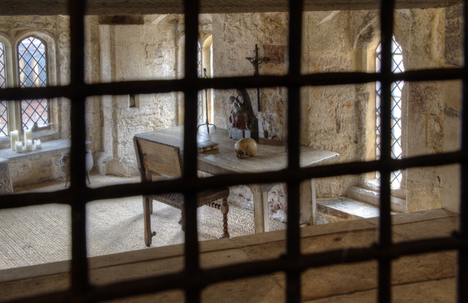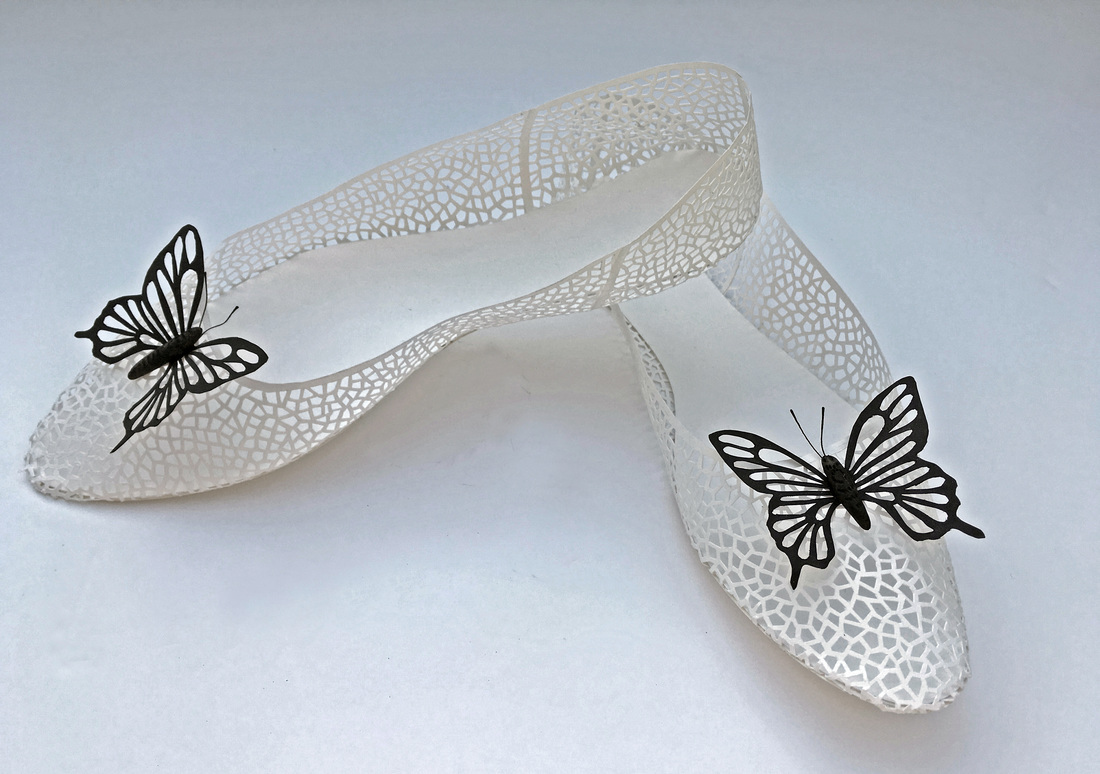Artist in Residence - Berkeley Castle 2017
When Henry Bolingbroke invaded England in 1399 in pursuit of his claim to the throne, he met leading barons at Berkeley Castle before deposing Richard II to become Henry IV.
Thomas IV, Lord Berkeley was one of the nobles left to oversee the government of England when Henry V went to fight in France in 1415.
In 1574 Elizabeth I stayed at the Castle and hunted in the deer park.
Thomas IV, Lord Berkeley was one of the nobles left to oversee the government of England when Henry V went to fight in France in 1415.
In 1574 Elizabeth I stayed at the Castle and hunted in the deer park.



